Incredible American destinations struggling with overtourism
US destinations ruined by crowds
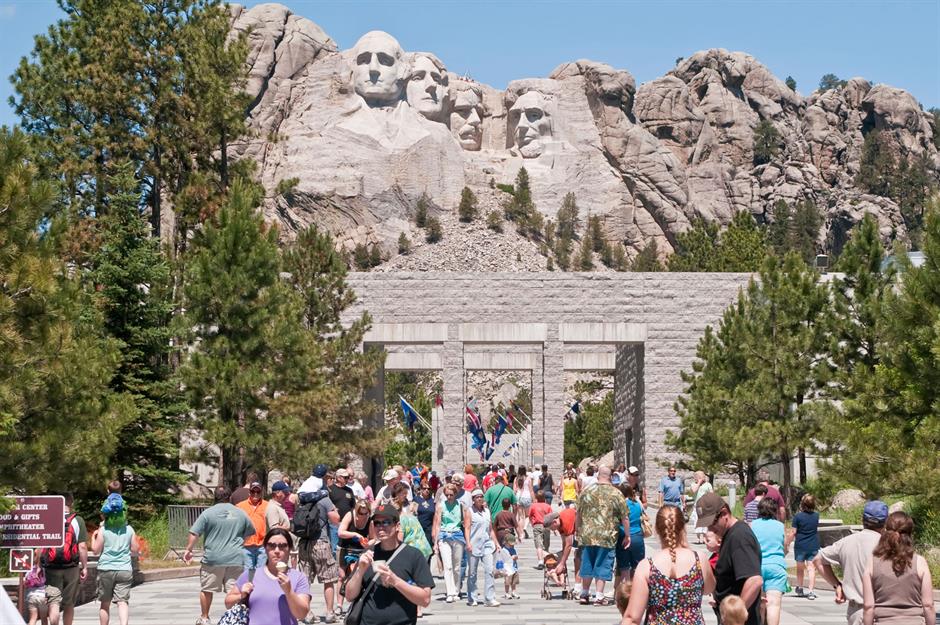
Great Smoky Mountains National Park, Tennessee, North Carolina
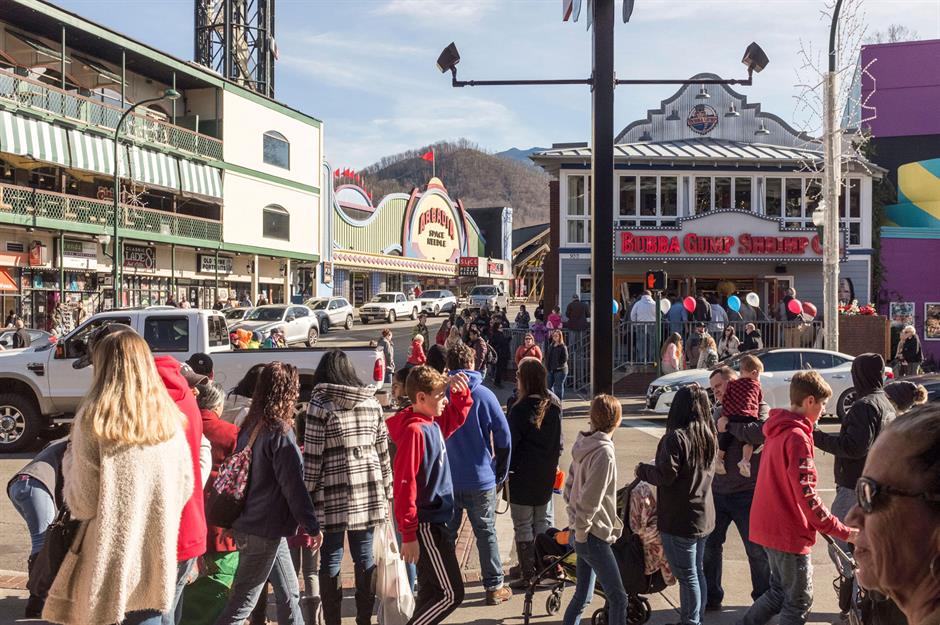
Visits to America's national parks surged during the pandemic and have continued to soar since, hitting 325.5 million in 2023, up 4% from the previous year. Great Smoky Mountains National Park was the most popular, with a massive 13.3 million visitors. This influx has led to environmental concerns, including soil erosion and trampled vegetation, while the go-to 'tourist trap' gateway towns of Gatlinburg (pictured) and Pigeon Forge, which is home to the Dollywood theme park, are now notorious for crowds and traffic.
Grand Canyon National Park, Arizona
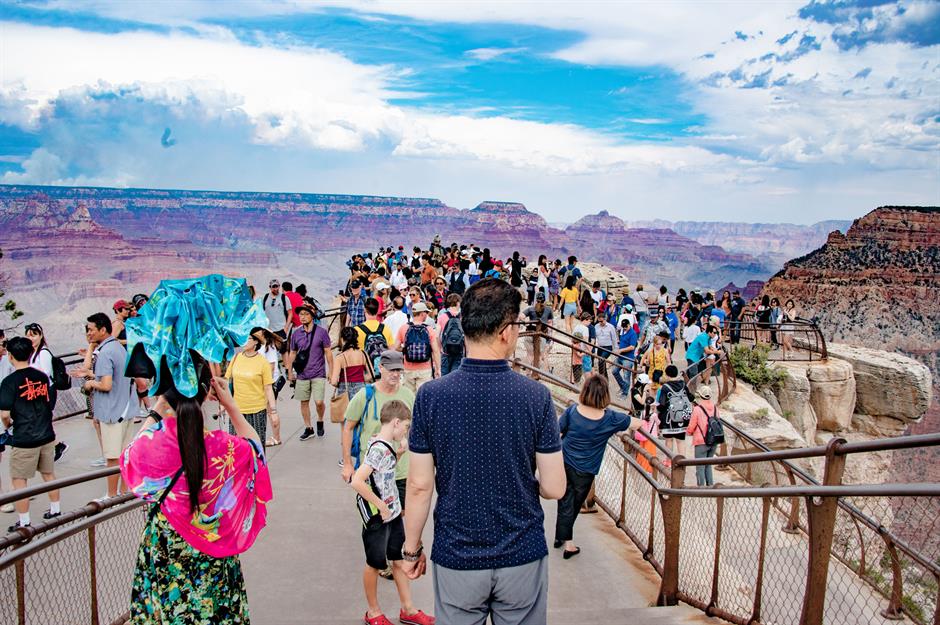
The second most-visited US national park, Grand Canyon recorded 4.7 million visitors in 2023. During peak times, overcrowding is a big problem at the canyon's South Rim, and the hordes that descend on the natural wonder are exacerbating erosion of its awe-inspiring gorges. In a bid to address the overtourism crisis, a historic grant of $100 million (£80m) was recently allocated to the National Park Foundation, and Grand Canyon imposes restrictions to help keep visitor numbers sustainable, such as limiting camping below the rim to backcountry permit holders.
New York City, New York
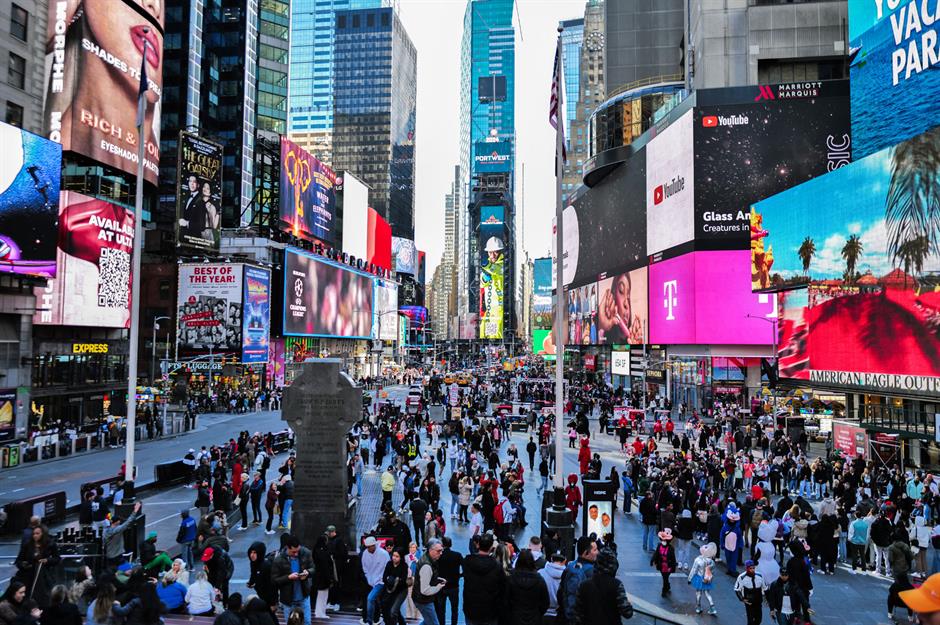
New York's major tourist magnet, the Big Apple, welcomed a staggering 62.2 million visitors in 2023, up 9.6% from the previous year and over seven times the population of the bustling metropolis. Among the consequences has been an explosion in short-term vacation lets, which some blame for driving up rental costs for residents of the five boroughs. In 2023, New York City introduced strict regulations to rein in the sector, joining other cities around the world that have taken similar steps.
Niagara Falls, New York
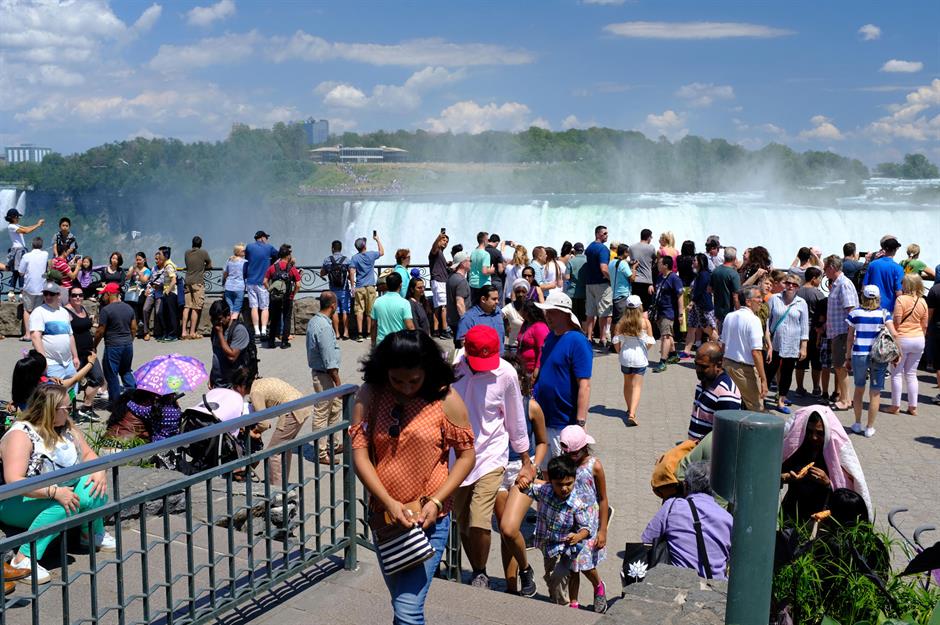
Niagara Falls is Upstate New York's top attraction, with around 14 million visitors a year. Needless to say, it's also one of the most overtouristed destinations in the US and the marvel of nature is packed with visitors at the best of times, though interestingly, it's the Canadian side that has been described as tacky and overdeveloped, while the American part is relatively pristine – though both sides see heavy crowds year-round.
Miami, Florida
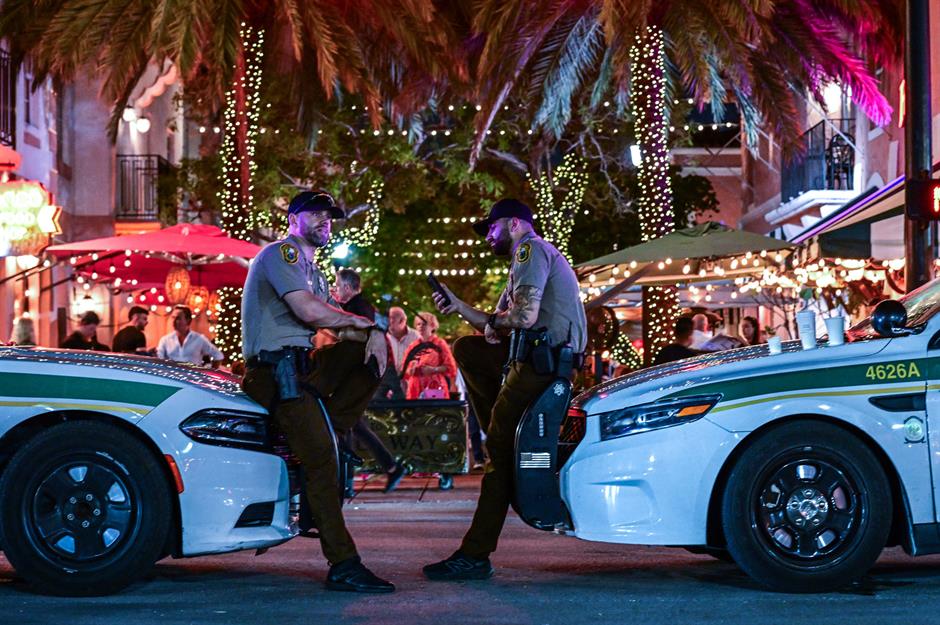
Miami, which hosted 27.2 million visitors in 2023, has been labelled one of the world's most overtouristed destinations by CNN, CNBC and numerous other media outlets. The issue reaches fever pitch every Spring Break when college students descend on Miami Beach for a week of raucous partying, making life hell for locals. But after several shocking incidents of violence, authorities have decided enough is enough. Revellers now face curfews, parking restrictions, DUI checkpoints, alcohol bans and bar closures during the infamous vacation period as Miami finally calls time on bad behaviour.
Aspen, Colorado

Even luxury resorts aren't immune to the negative impacts of excessive tourist numbers. Aspen, one of the most expensive American destinations around, is a case in point. Thanks to the wealthy vacationers who frequent the high-end haven in increasingly large numbers, Aspen has undergone gentrification on steroids, driving up the cost of housing and other essentials for long-time locals. The upswing in visitor numbers has also led to an alarming increase in land use and harm to the ecology of the surrounding wilderness.
Jackson, Wyoming
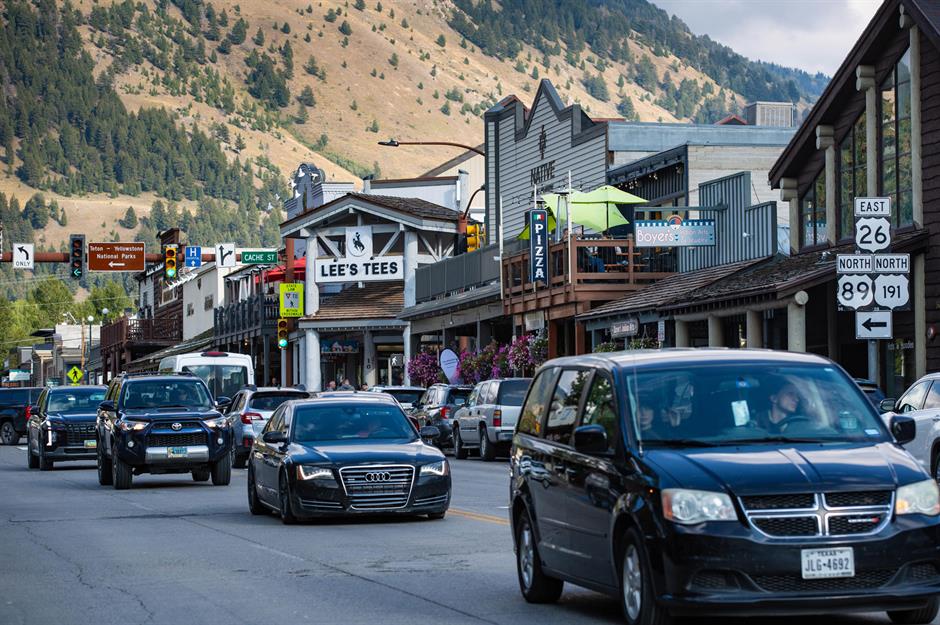
Another favourite among the mega-rich, Jackson, Wyoming faces similar issues, from intense cost of living pressures to ecosystem damage. A 2022 Resident Sentiment Survey revealed that 80% of respondents believe the town should focus on managing existing tourism rather than attracting more visitors. And that sentiment is still running high, it would appear. When a local news outlet asked readers this past Halloween for the most frightening things they'd ever encountered in Jackson, one responded with 'overtourism', while another clapped back with 'rent prices'.
Sedona, Arizona

Renowned for its red rock formations, flourishing arts scene and spiritual vibes, Sedona hosts over three million visitors per year against a population of just 9,816. Though tourism is the backbone of the city's economy, the inundation of visitors has resulted in overcrowding, gridlocked roads and garbage issues, while short-term vacation lets have gobbled up 12% of Sedona's housing stock. To tackle these challenges, the city launched a Sustainable Tourism Plan aimed at protecting its stunning environment, and is also pushing for changes to state law on short-term rentals.
Charleston, South Carolina

New Orleans, Louisiana

New Orleans welcomed a whopping 43 million visitors in 2023 – a staggering118 times the city's population of 364,136. While tourism is a crucial money-spinner for the Big Easy, it's brought a whole host of problems, particularly to the city's congested French Quarter. Drunken throngs, noise pollution, displacement of local businesses and other negatives blight the lives of the long-suffering locals, who have it especially bad during Spring Break.
See how the world's most famous cities have changed in the last 100 years
Hawaii

Hawaii welcomed 9.7 million visitors in 2023, just shy of its 2019 record, but the tourism boom comes with significant trade-offs. While the industry fuels the state’s economy, it’s also blamed for soaring housing costs, environmental damage and cultural tensions. Overcrowded beaches, depleted coral reefs and excessive water use from hotels and golf courses strain resources, while short-term rentals squeeze locals out of affordable housing. Frustrations have been voiced by leaders like Maui council member Keani Rawlins-Fernandez, who has criticised tourists for disrespecting Hawaiian culture.
Zion National Park, Utah

Zion National Park is feeling the strain of its enduring popularity. Overcrowding has turned once-serene trails into bottlenecks, with traffic jams and overflowing parking lots becoming all too common. The beloved Angels Landing hike, notorious for its narrow ridges and spectacular views, became so overwhelmed that the park introduced a permit system to control the throngs. Meanwhile, incidents of vandalism and littering are on the rise, and Zion has ramped up conservation efforts to protect its iconic landscapes amid the ongoing tourism surge.
Bar Harbor, Maine
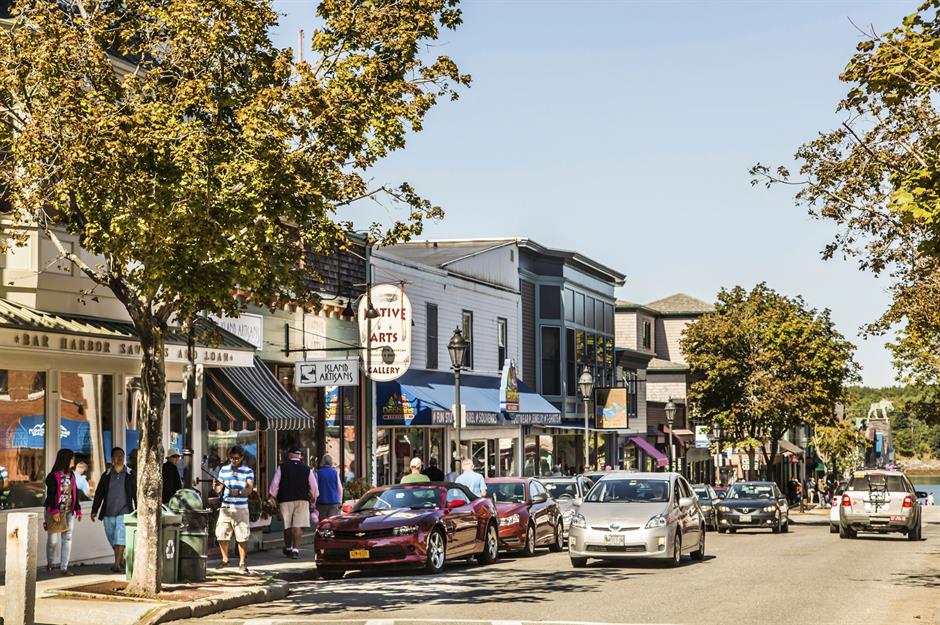
Pomfret, Vermont
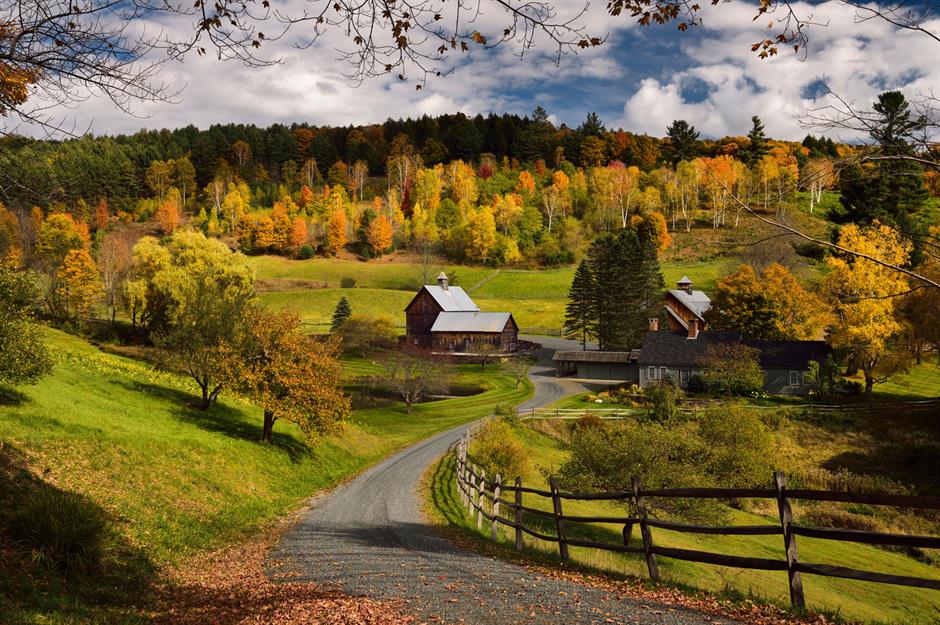
The good folks of Pomfret, Vermont, who number 900, got creative to deal with their overtourism problem. Visits to their leaf-peeping paradise surged after Sleepy Hollow Farm went viral on Instagram and TikTok. By the 2022 fall foliage season, clogged roads, property damage and trespassing had locals fed up. In 2023, the town closed Cloudland and Barber Hill Roads to non-residents during peak foliage season and launched a GoFundMe to fund enforcement measures like signage and sheriff patrols.
Savannah, Georgia
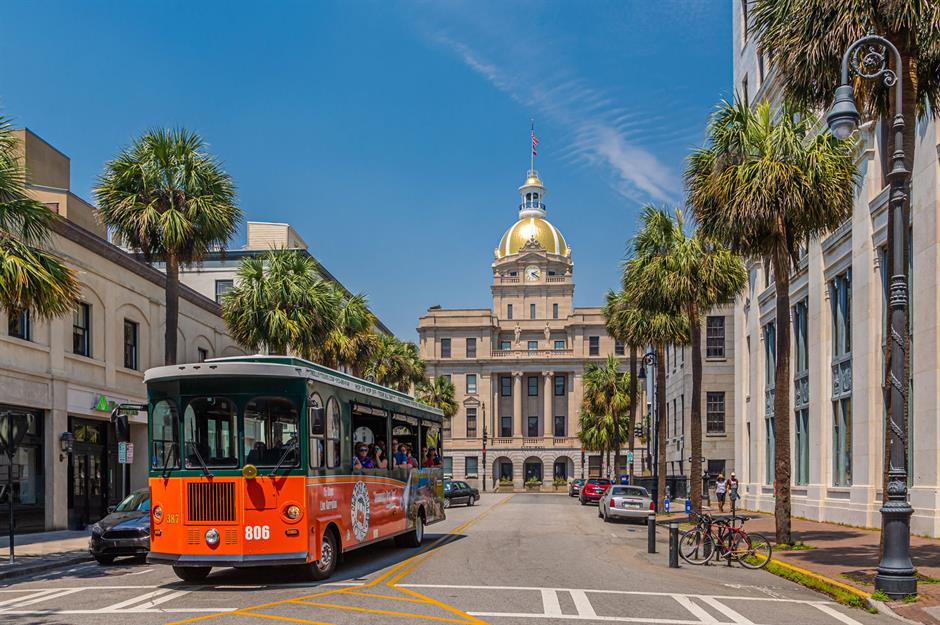
Lake Tahoe, California
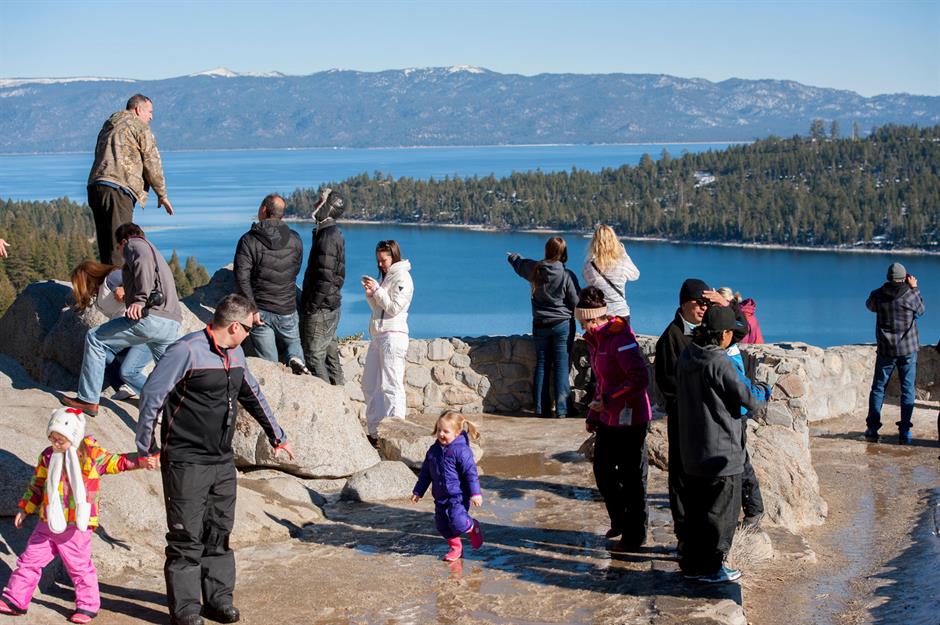
Tourism in this area was once described by CNN as "the monster that feeds and eats away at Lake Tahoe." As is the case with other tourist hotspots, it both giveth and taketh away. While tourism is the lifeblood of the mountain resort, it also brings negative consequences such as littering and pollution, traffic congestion and damage to the precious ecosystem. Fortunately, a plan has been put in place to tackle the negatives, including a green fund to support conservation efforts, a ban on single-use plastic water bottles and increased trash collection services.
Yellowstone National Park, Wyoming, Montana, Idaho
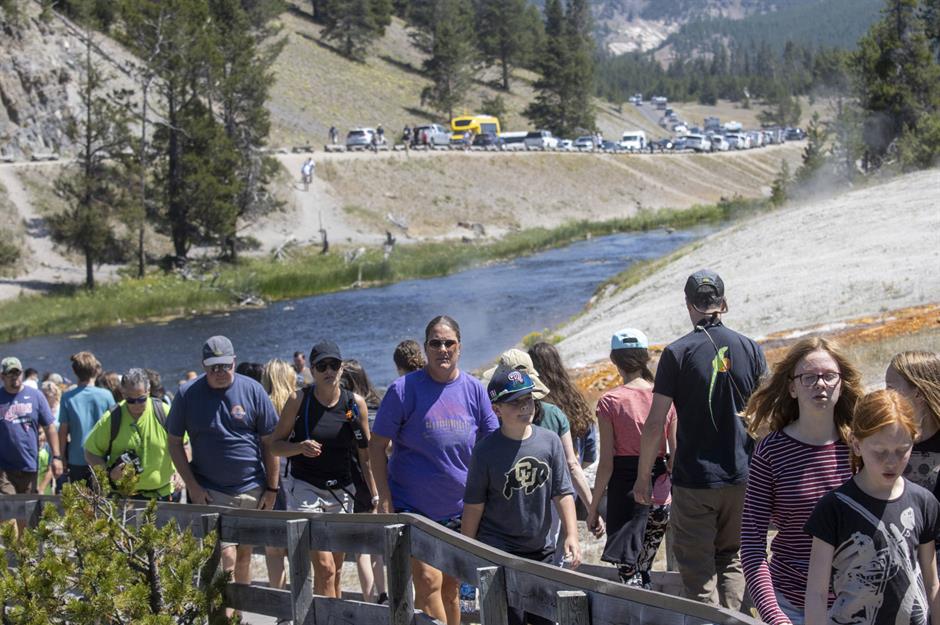
America's oldest national park clocked 4.7 million visits in 2023, so it's not surprising that at peak times, overcrowding and traffic congestion are off the scale. And the conduct of a number of visitors has been so bad, it's spawned the Facebook group Yellowstone National Park: Invasion of The Idiots™. Getting dangerously close to – and even feeding – bison, elk, bears and other animals, littering, vandalising and illegally driving off road are just some shocking examples of bad behaviour.
Salem, Massachusetts
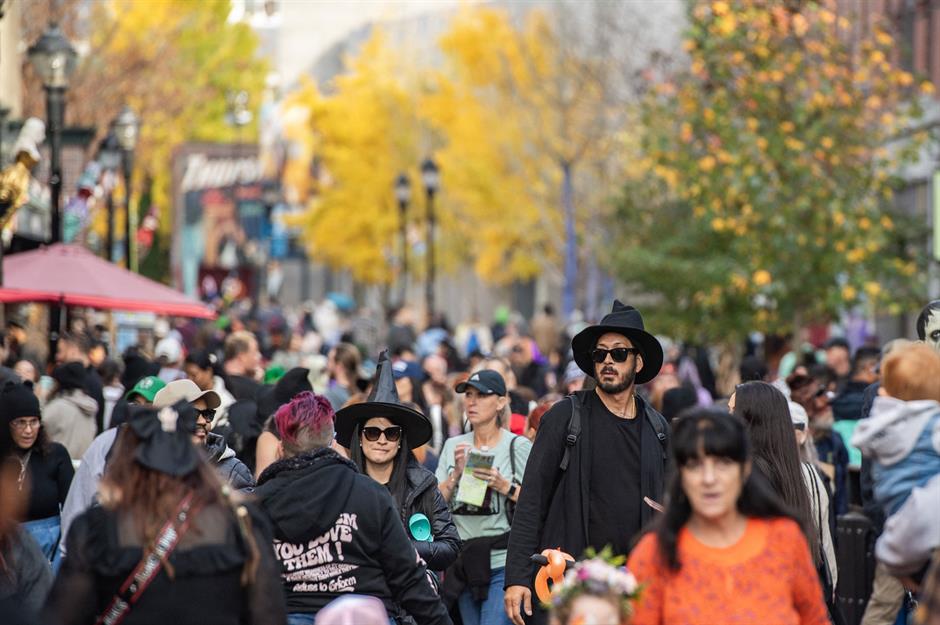
The residents of Salem no doubt breathe a sigh of relief when Halloween is over. Associated with all things spooky since the witch trials of 1692 and 1693, the city is flooded with tourists each year who come to celebrate the scary holiday. Since it can't cast a spell to make life more bearable for locals, the city has implemented stricter regulations on tour guides, including raising the licence fee and limiting the use of amplification devices to deal with some of the noise pollution they cause.
Forks, Washington
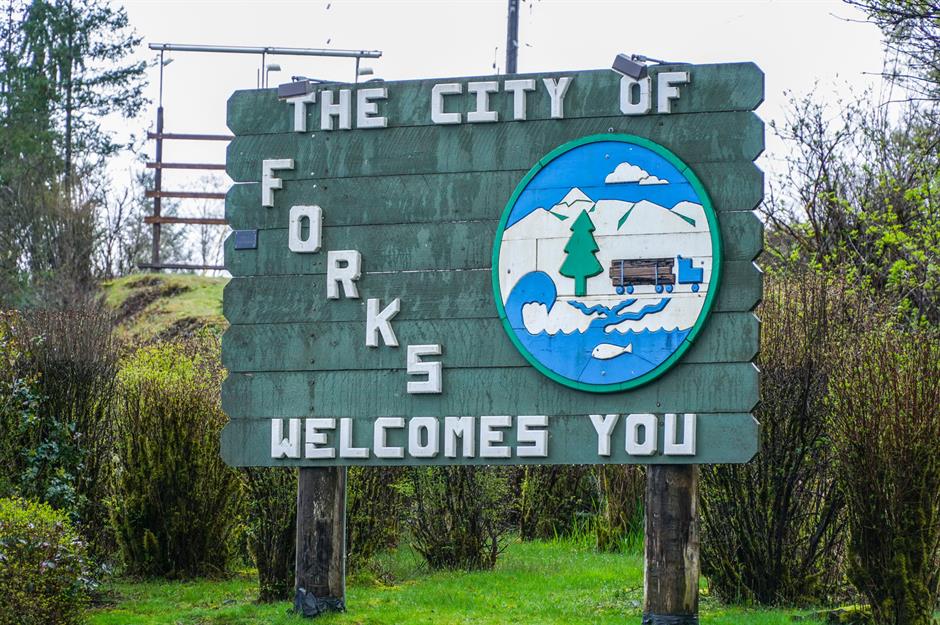
Home to just 3,400 people, the Washington town of Forks offers a different kind of spooky. The setting of the Twilight books and movies, it's been plagued by 'vampire tourism' since the first book of the series debuted in 2005. Back then, annual visitors numbered around 5,000. By 2023, the figure had swelled to over 65,000. While the increase in tourists has boosted the local economy, residents have complained about the "odd characters roaming around" and increased traffic, arguing that its Twilight fame has spoiled the town's quiet and unassuming atmosphere.
Yosemite National Park, California

Mount Rushmore, South Dakota

The iconic Mount Rushmore drew 2.4 million visitors in 2023, maintaining its popularity after a record-breaking 2.5 million in 2021. However, for some, the experience has been less than inspiring. Complaints about crowded conditions, parking problems and disruptive behavior – like kids running wild and general rudeness – are common among visitors. On a brighter note, a recent ban on tour flights within half a mile of the site aims to restore some of the tranquility that made the monument such a cherished destination.
Big Sur, California
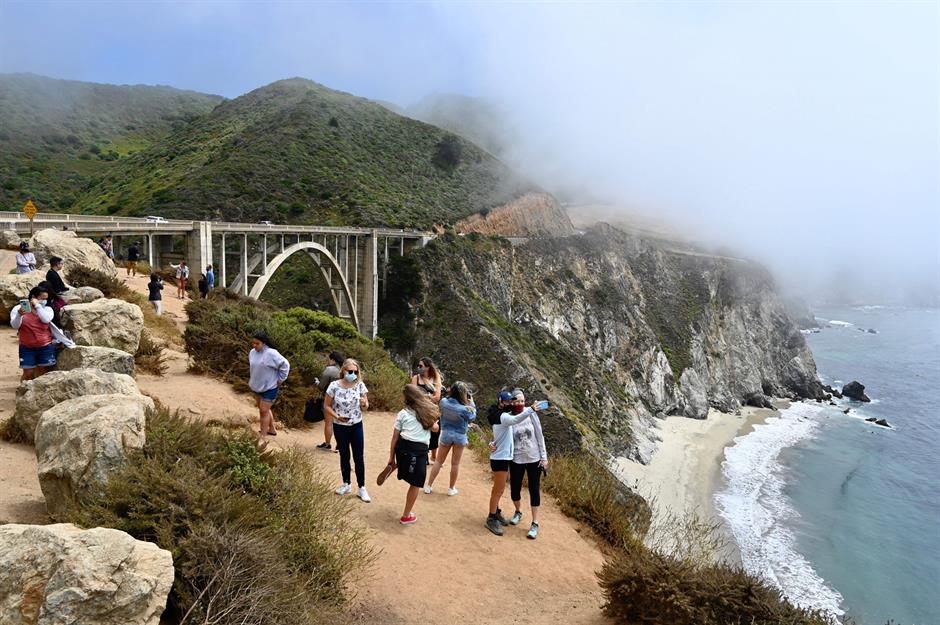
The Big Sur has one big problem: overtourism. The stunning stretch of California coastline is massively dependent on visitors, with 90% of the economy reliant on their largesse. But the millions of tourists who flock there every year are pricing out locals while causing overcrowding, traffic congestion and environmental degradation. The iconic Bixby Creek Bridge epitomises the problem – so much so that a 2019 banner declared, 'Overtourism is killing Big Sur'. Local authorities are striving to balance tourism with preserving the ecosystem and residents' quality of life, but only time will tell if they can protect this unique region's future.
Nashville, Tennessee

The home of country music may be raking it in when it comes to the tourist dollar, but the city is having to take the rough with the smooth. The rough includes spiking crime levels, increased noise pollution and ballooning living costs. Nashville does however impose strict regulations on short-term vacation lets and Airbnb has used its anti-party technology this year to block authorised parties in its Music City rentals.
Mackinac Island, Michigan

Home to just 500 permanent residents, picturesque Mackinac Island attracts an impressive 1.2 million visitors annually. But all is not rosy in the car-free idyll. With visitor numbers concentrated in the summer months, the island is jam-packed during peak times. Litter and bad behaviour have become a real pain, while businesses are struggling to find enough seasonal workers to cope with the increased demand, with staff shortages rife.
Florida Keys, Florida
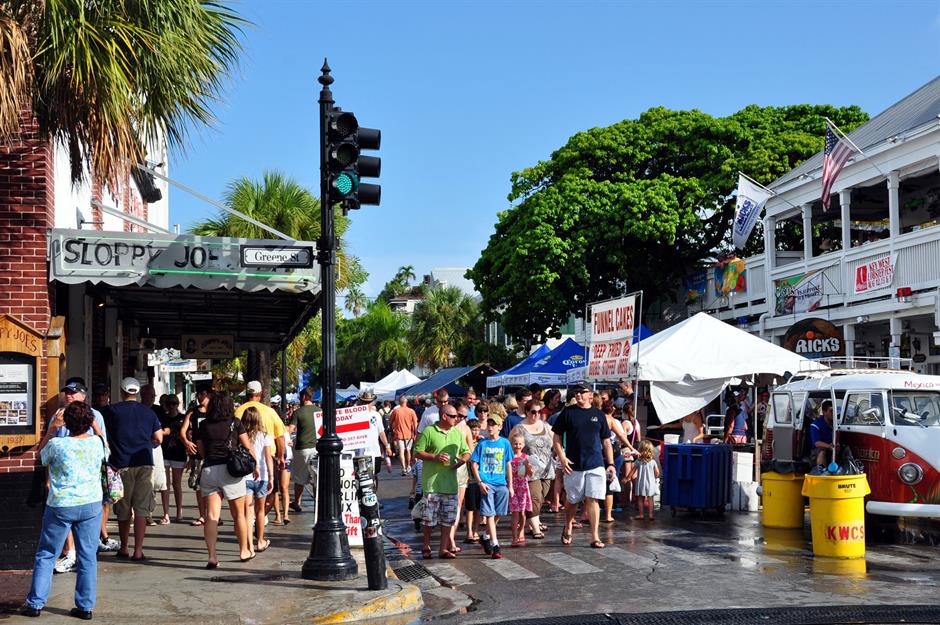
Tourism underpins the economy of the Florida Keys. The island chain, which has a population of around 83,000, recorded 4.5 million visitors in 2023. However while the tourist dollars may be flowing freely, the cost to locals and the environment is becoming dearer and dearer. Affordable housing is scarce, traffic is relentless and pollution threatens local waters. Overdevelopment has also raised concerns about hurricane evacuation safety. In 2020, residents voted to ban large cruise ships, but they were ignored by Governor Ron DeSantis, who gave the all-clear for supersize vessels to dock in the Keys.
Comments
Be the first to comment
Do you want to comment on this article? You need to be signed in for this feature